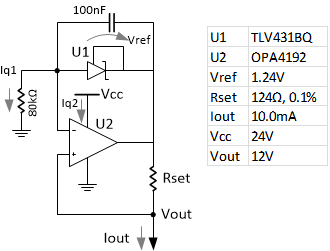Other Parts Discussed in Thread: OMAP-L138, , ADS1274, REF6225, REF3425, ADS127L01, ADS8900B, ADS1278, TINA-TI
Dear Ahmed,
I'm planning to implement an IEPE Sensor DAQ with 8-channels based on TIDA-01471 reference design, using and OMAP-L138 processor.
My question is, It's better to implement eight full separate channels or can I use a multiplexer on the input?
I've also reviewed TIDA-010045.
Could you give me any advise?
Thanks in advance!




